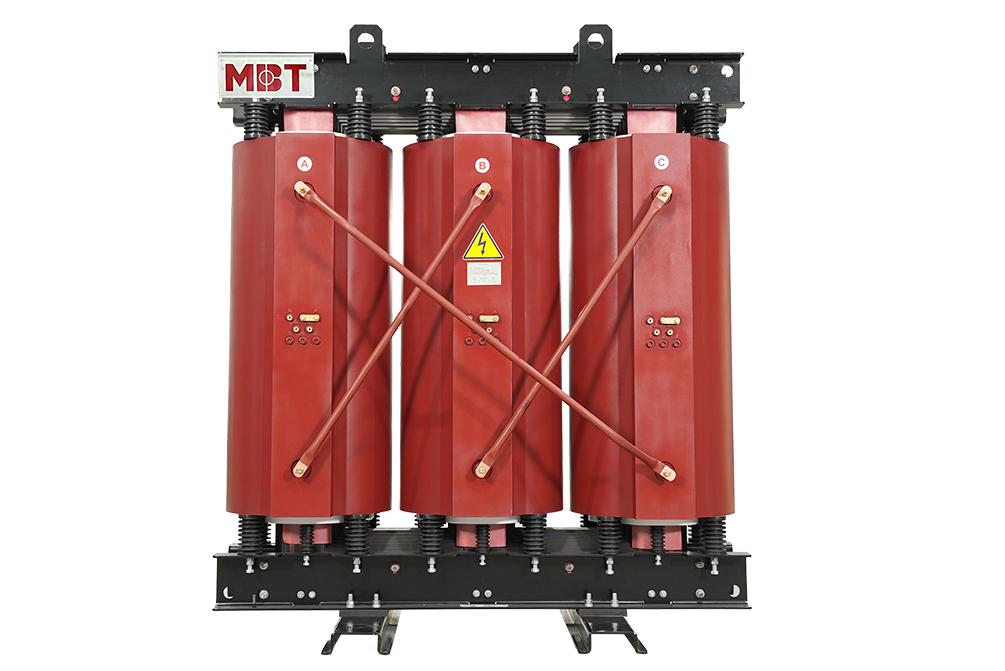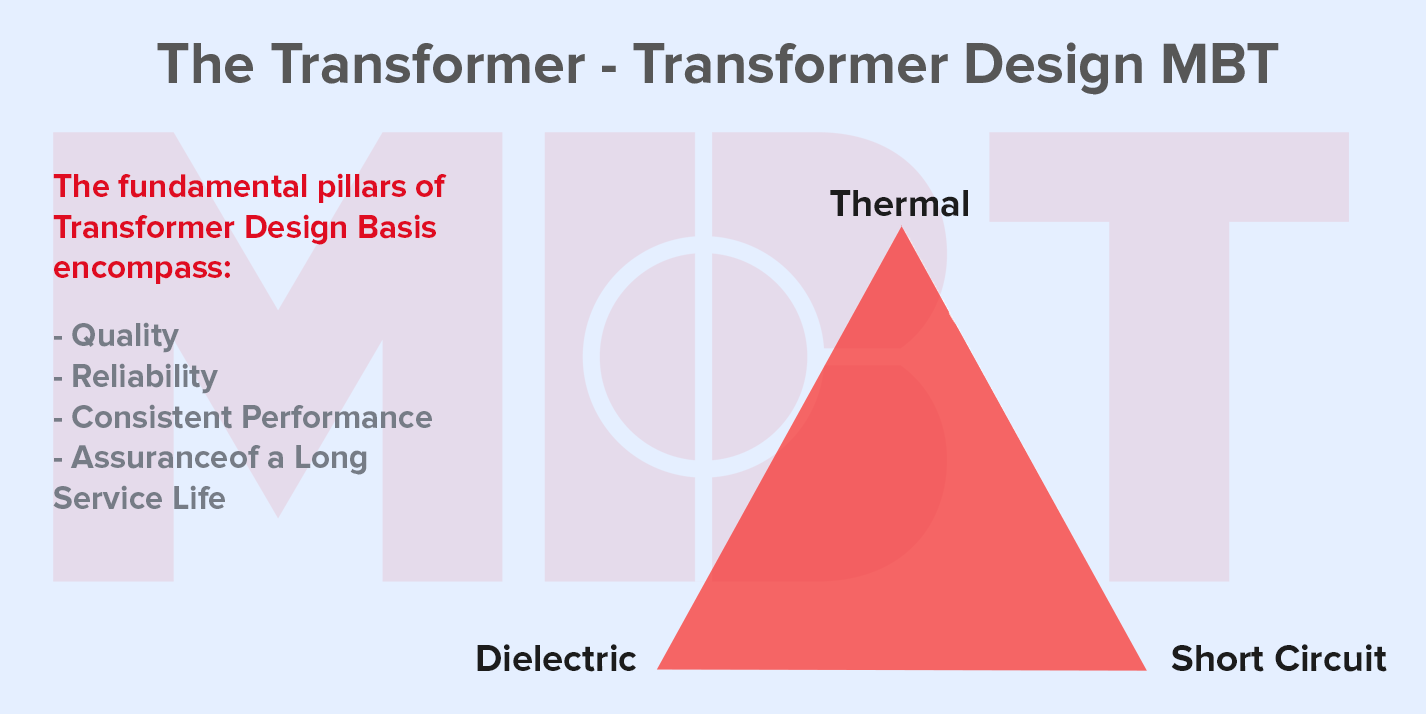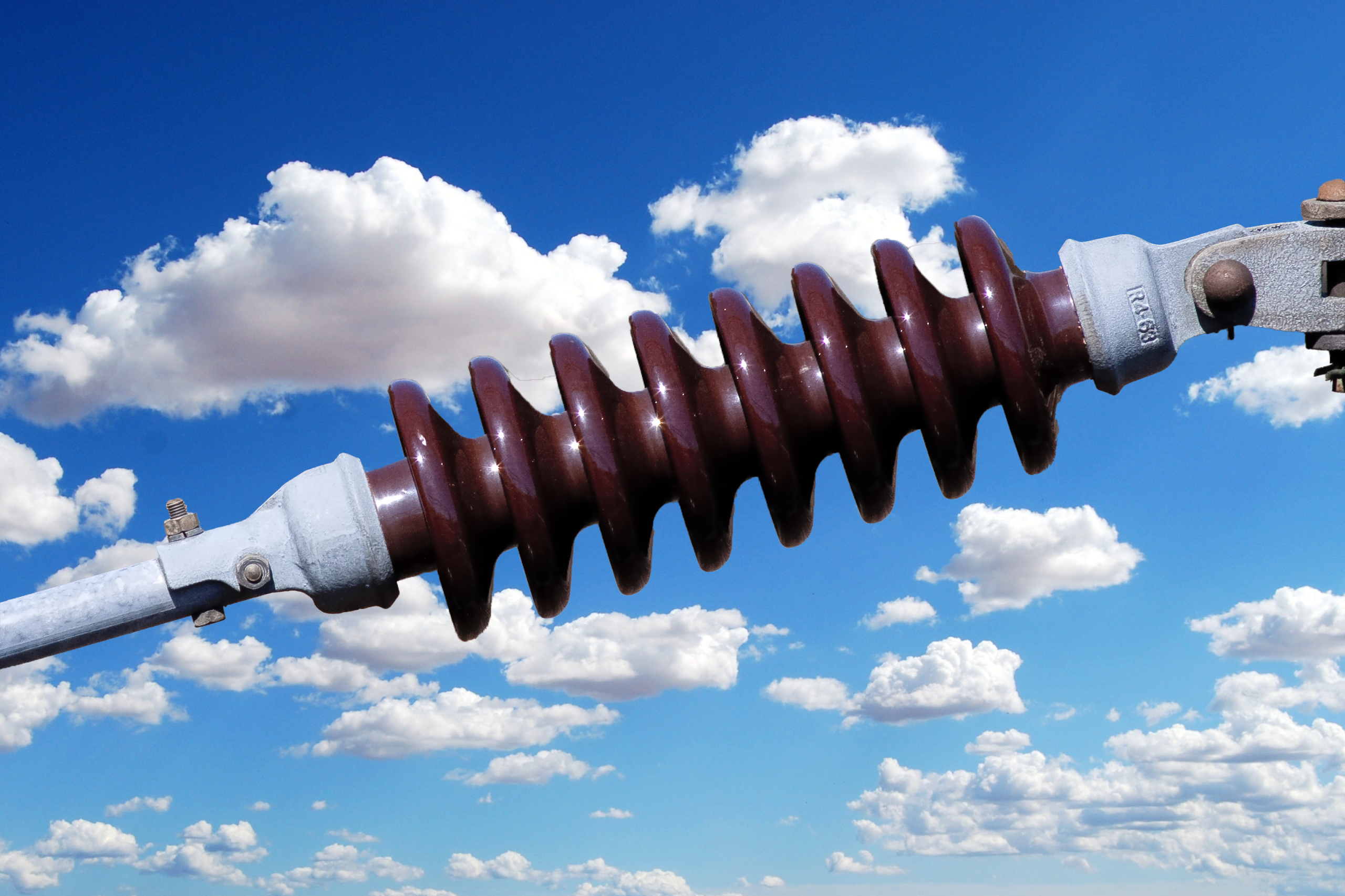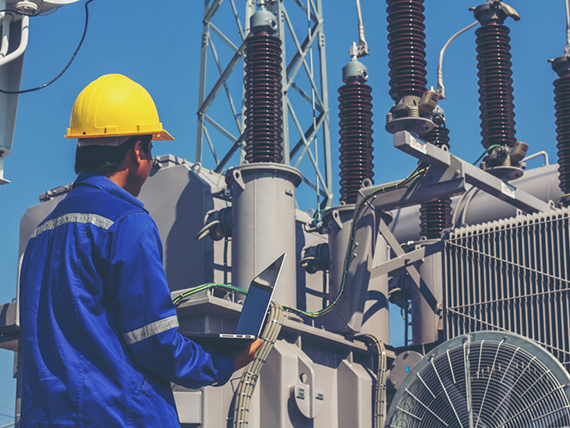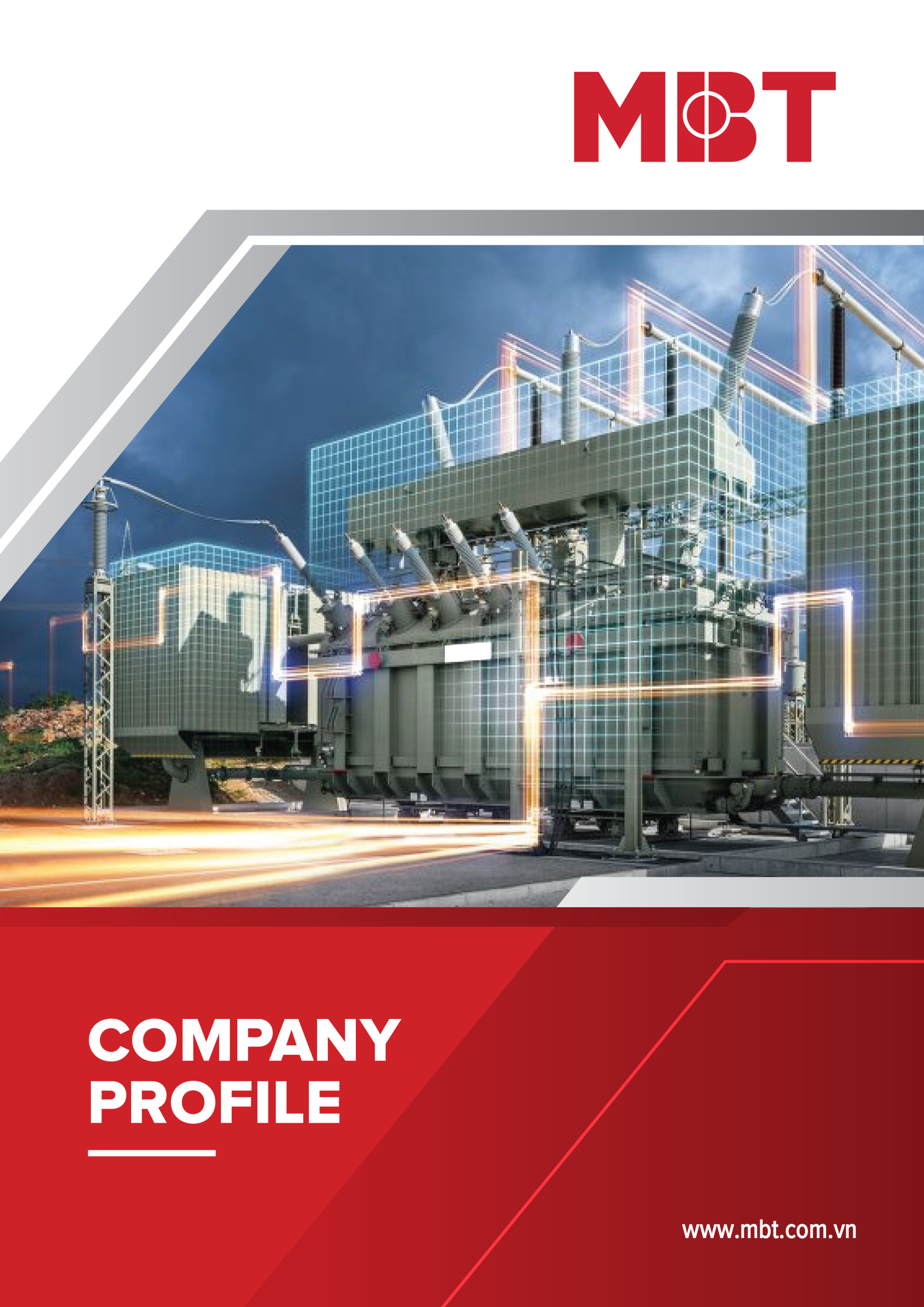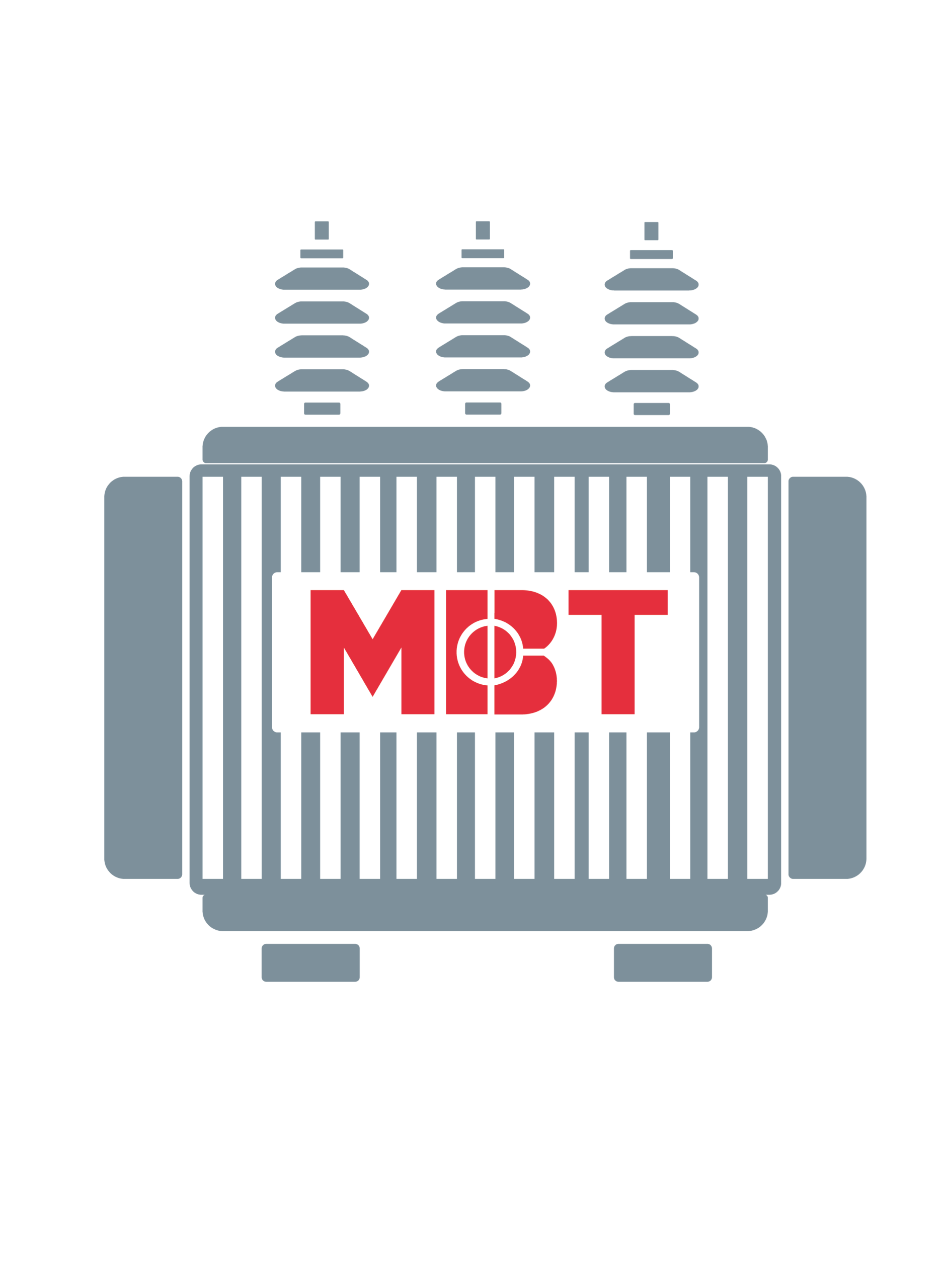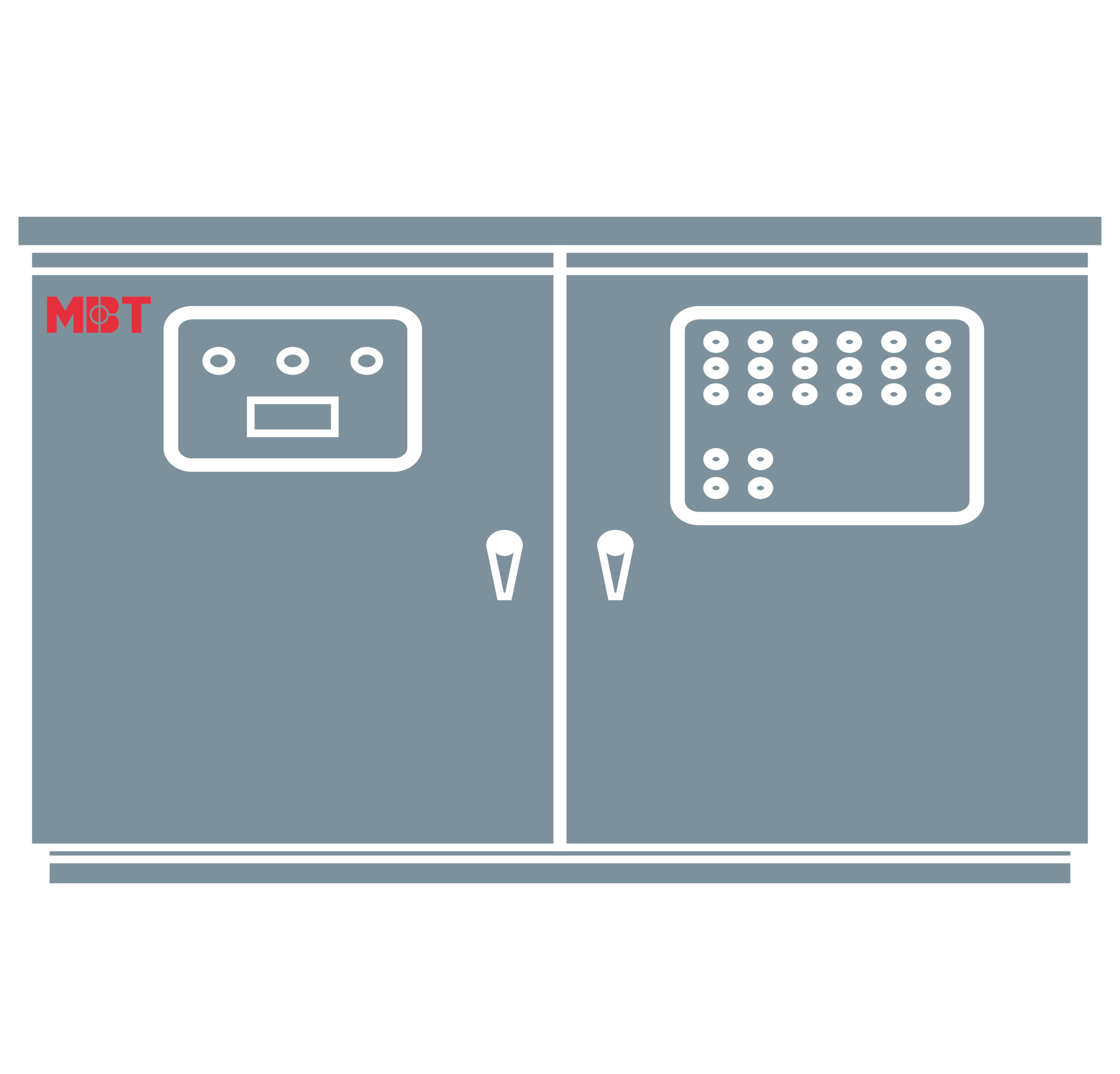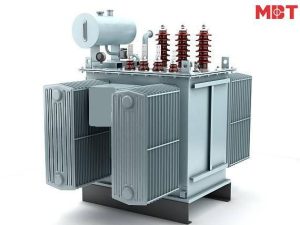
Transformer Radiator
Transformer Radiators
Radiators are equipped in a transformer with the function of cooling the transformer oil through natural air or forced air flowing in these radiator fins. As the transformer oil temperature decreases due to cooling it goes to the transformer tank from the bottom, cools the windings and gets heated, and then returns to the radiator for the next cooling. This cycle repeats as the oil flow is also natural due difference in temperature of oil on the bottom and top.
TABLE OF CONTENTS
The working principle of the radiator
Assembling and Mounting of Transformer Radiator
Function of Radiator
When a transformer is loaded, heat is produced in the windings, therefore the oil temperature rises. As We know, the rating of electrical equipment depends on its allowable temperature rise limit. Therefore, If it is possible to control the temperature rises of the transformer insulating oil, It is able to extend the capacity or rating of the transformer up to a significant range. The cooling rate of the transformer has accelerated the radiator of the transformer. Thus, it plays a key role in increasing the loading capacity of an electrical transformer. This is the basic function of a radiator of a power transformer.
The oil-immersed power transformer is generally equipped with a detachable pressed sheet radiator with isolating valves. Regarding the small size distributing transformer, the radiators are generally integrated parts of the transformer body and projected from the main tank.
The working principle of the radiator
Simply, Radiators extend the surface area for dissipating the heat of the oil. Regarding the electrical power transformers, these units are sent separately and assembled at site with transformer main body due to the transport limitation. At the time of dispatching, the flings of the radiator are blanketed by gasket and blanketing plates. The radiator valves on the main tank are also blanketed by blanketing plates and gaskets.
Under loaded conditions, warm oil increases in volume and comes to the upper portion of the main tank. Then this oil enters the radiator through the top valve and cools down by dissipating heat through the thin radiator wall. This cold oil comes back to the main tank through the bottom radiator valve. This cycle is repeated continuously till the load is connected to the transformer. Dissipation of heat in the transformer radiator; can be accelerated further by force air provided by means of fans. These fans are fitted either on the radiator bank itself or fitted nearby the bank but all the fans must be faced towards the radiator. Sometimes, the cooling rate of convectional circulation of oil is not sufficient. At that time an oil pump may be used for speeding up oil circulation.
Assembling and Mounting of Transformer Radiator
Because any minor damage can start to leak oil from the bank as radiator units are made from very thin steel sheets of metal for good conduction of heat from the oil to air. Special care should be taken while removing radiators from crates and handling and mounting the radiator bank. These radiators must be cleaned externally after removing from crates. These are also required to be cleaned from inside by flashing with transformer insulating oil.
It is required to assemble the radiator units one by one which means, the fitting and fixing of one unit must be completed in all respect before assembling the next unit. It is recommended to start the assembling from one side and finished at another side. Before assembling the unit, blanketing plates are removed from the top and bottom radiator valves.
During the removal of blank plates; If the gasket surface is damaged, it should be replaced with a new one. The radiator is then lifted vertically and brought near the corresponding main tank valves. Now, remove the blank plates of the main tank valve. Fit the radiator flange to the corresponding valve of the main tank using nuts, bolts, plain washers, and springs. Assemble all other radiators in the same way.
After assembling all the units, it's time to pour the insulating oil. This should also be done unit by unit. For that, the bottom valve is first opened and the exhaust plug on the top of the radiator is also slowly removed. Oil from the main tank will enter the transformer radiator. The air begins to escape from the exhaust plug until the unit is filled with transformer insulation oil. The oil filling of the unit is completed when the oil drains from the unscrewed air release plug. Then, the air release plug is tightened and the top radiator valve opens.






